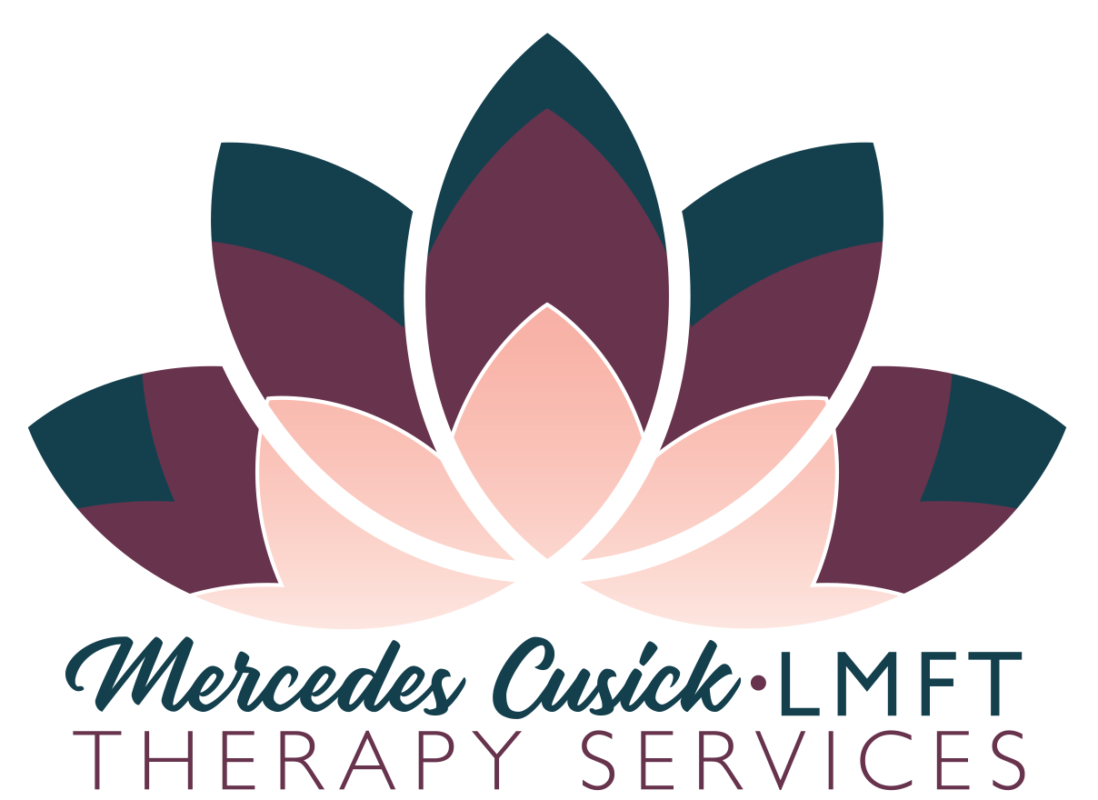Introduction: The profound impact of trauma
Trauma can deeply affect our lives.
What is EMDR Therapy?
EMDR therapy stands for Eye Movement Desensitization and Reprocessing therapy. It is an interactive treatment method that helps people heal from past traumas. EMDR therapy works by accessing and processing distressing memories, leading to decreased emotional charge associated with the traumatic events. During the therapy sessions, the therapist guides the individual through sets of bilateral stimulation, such as eye movements or taps, to help process the traumatic memories and alleviate associated distress.
How does EMDR Therapy work on trauma?
EMDR therapy helps process traumatic memories by using bilateral stimulation to activate the brain’s natural healing processes. During therapy, the therapist guides you to focus on a distressing memory while engaging in side-to-side eye movements or other forms of bilateral stimulation. This process helps reprocess the memory, reducing its emotional intensity and negative effects.
Who can benefit from EMDR Therapy?
EMDR Therapy is beneficial for individuals who have experienced trauma. It can help people who have gone through tough experiences like accidents, abuse, natural disasters, or other distressing events. This therapy is also suitable for those struggling with PTSD, anxiety, phobias, or disturbing memories. EMDR Therapy is a powerful tool that can aid in healing emotional wounds and overcoming the impact of past traumatic events.
EMDR Therapy process: sessions and techniques
EMDR therapy typically involves eight phases, starting with history-taking and preparation, followed by identifying traumatic memories and processing them. Bilateral stimulation is a key aspect, where the therapist guides you to focus on traumatic memories while moving your eyes or using other forms of stimulation. This process helps reprocess the memories to reduce their negative impact. The sessions are tailored to your specific needs and can vary in length depending on your progress and the complexity of your trauma.
Addressing misconceptions about EMDR Therapy
Many people believe EMDR therapy is about erasing memories, but that’s not the case. EMDR helps process traumatic memories in a healthier way. It’s not a quick fix; the therapy requires active participation and commitment. EMDR doesn’t make you forget; instead, it helps you remember differently, leading to healing.
The science behind EMDR Therapy
EMDR Therapy is a unique therapy that involves bilateral stimulation of the brain to help process traumatic memories. During the therapy session, you focus on distressing memories while the therapist guides you through using eye movements or other forms of bilateral stimulation. This process helps your brain reprocess the traumatic memory, making it less distressing over time. Research suggests that EMDR Therapy can be an effective tool in treating trauma-related disorders such as PTSD.
Real-life success stories and testimonials
Real-life success stories and testimonials can provide valuable insights into the effectiveness of EMDR therapy in healing trauma. Reading about others’ experiences with this therapy can offer hope and inspiration for those seeking healing from past traumas. These personal accounts often highlight the transformative power of EMDR in helping individuals process and move beyond their traumatic experiences.
EMDR Therapy and self-care practices
Trauma can have a deep impact on your life. EMDR therapy, which stands for Eye Movement Desensitization and Reprocessing, is a powerful tool for healing from trauma. It can help you process and cope with distressing memories and emotions in a safe and structured way. EMDR therapy, combined with self-care practices, can significantly aid in your healing journey. These self-care practices may include mindfulness exercises, journaling, physical activity, and connecting with supportive loved ones.
Conclusion: Embracing healing through EMDR Therapy
helping individuals cope with past hardships. EMDR therapy offers a path to healing by addressing trauma’s lingering effects. Through this therapy, individuals can gradually alleviate their distress and work towards a more positive future.



